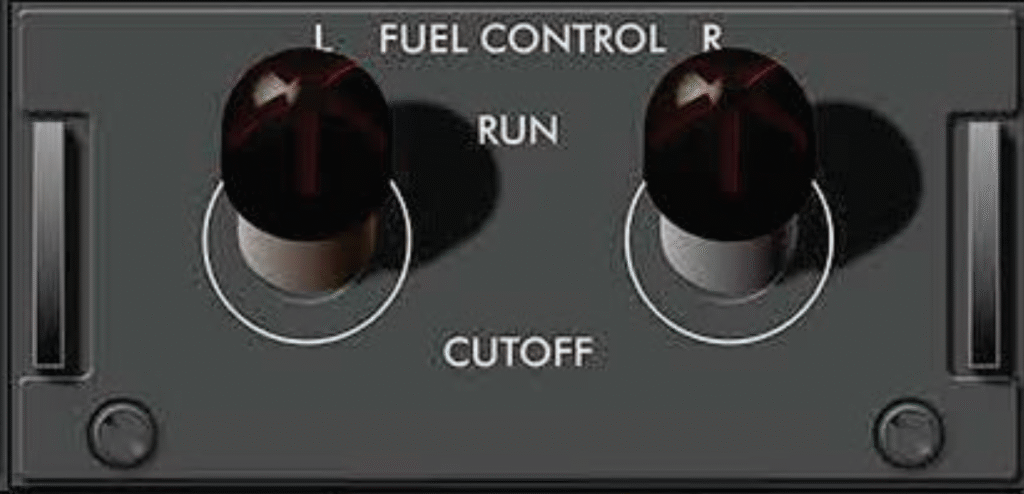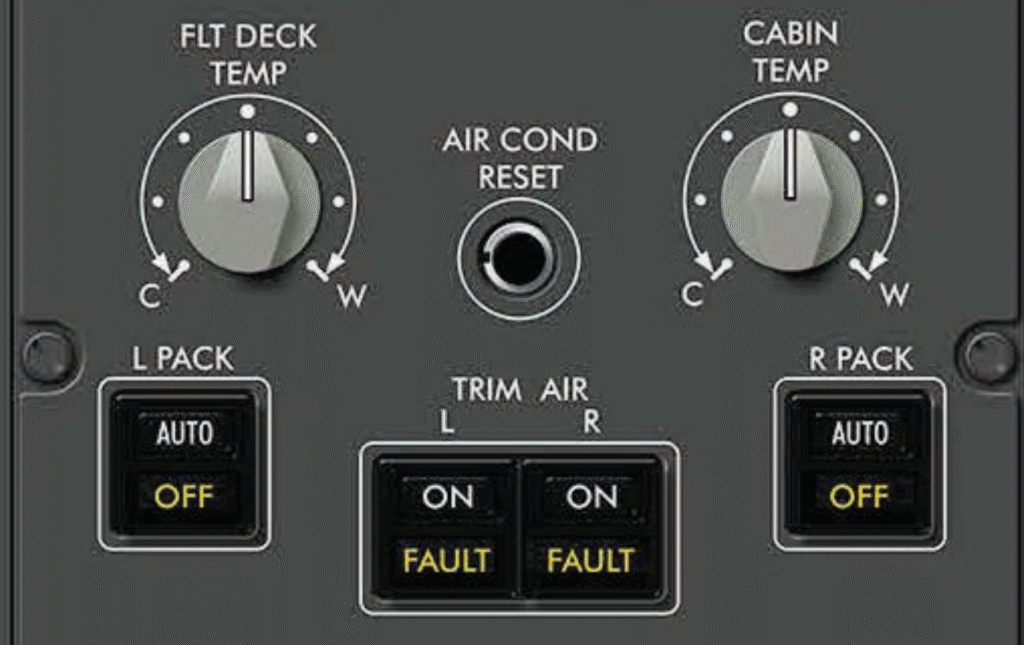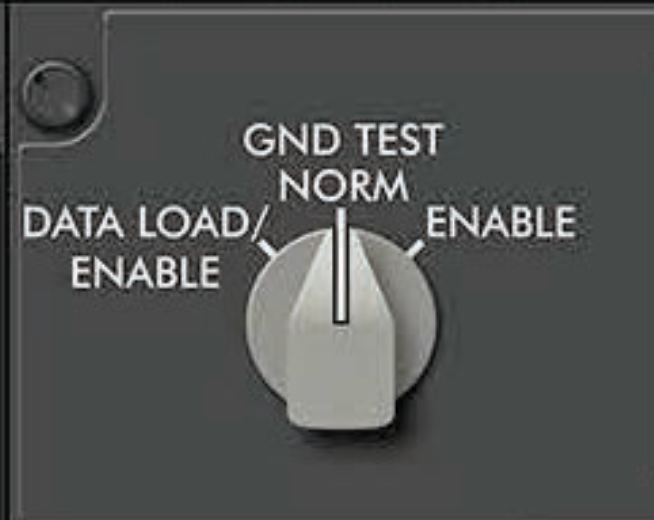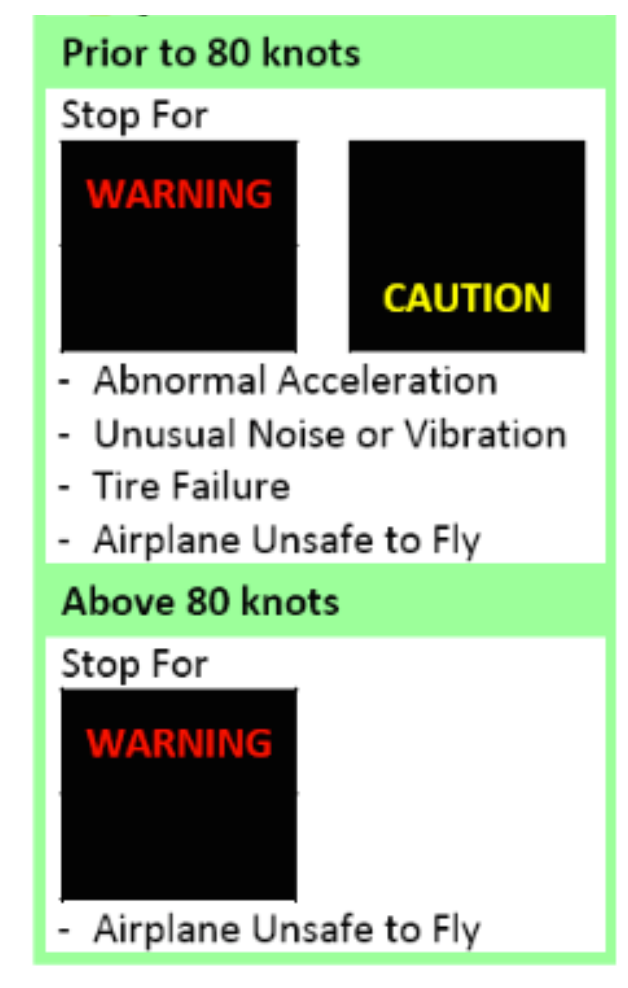Ground Operation
This Ground Operation article sets up the recommendations and suggestions for the B787. It includes engine start, ground power, APU inop, RTO, and evacuation.
ENG START
Simultaneous engine start is only available when the APU is running and both APU starter generators are operational. The START selectors control the starter motors. Ignition and fuel flow are controlled through the FUEL CONTROL switches.

For in-flight windmill starts, the autostart sequence is initiated by moving the FUEL CONTROL switch to RUN; positioning the START switch to start if it was a starter-assisted attempt. Dual ignitors are always used for in-flight starts.
There is no manual continuous ignition selection or automatic continuous ignition function.
The auto-relight function is activated on the ground and in-flight whenever an engine is at or below idle with the FUEL CONTROL switch in RUN.

During ground starts, the autostart system monitors engine parameters and aborts the start for any of the following:
- Loss of both starters.
- No N1 rotation.
- No oil pressure rise.
If one of the above conditions is detected, the EEC aborts the autostart sequence without motoring and does not make another attempt. The starters are de-energized, and the START selector returns to the NORM position, and the EICAS caution message ENG AUTOSTART (L or R) displays, a Memory Item “FUEL CONTROL Switch Cutoff”
The autostart attempts to correct the start for any of the following:
- Compressor stall,
- High residual EGT,
- Hot start,
- Hung start
- Loss of one starter,
- No EGT rise
- Start time exceeds the starter duty cycle timer.
On the ground, if the EEC is unable to correct for a hung start or compressor stall, the EEC will cancel the autostart. Fuel and ignition are shut off, and the engine is motored to clear residual fuel. The starters are de-energized, and the START selector returns to the NORM position. The EICAS caution message ENG AUTOSTART (L or R) displays.
Memory Item should be carried out “FUEL CONTROL switch Cut-off”. Allow the Autostart sequence to run until the ENG AUTOSTART message displays.
In case no EICAS message displays and the engine has finally started, the EEC has managed to correct the fault, so continue normally.
There is a limit of 3 start attempts per start sequence while on the ground. In the air, the EEC does not limit the start attempts.
Note: For in-flight starts, the autostart system discontinues the start temporarily only if a EGT between the start and take-off EGT is reached, or a hung start is detected.
Autostart takes corrective action if some start problems are detected, but does not abort the start.
AIR CONDITION
Usually on the ground, the Air-Conditions packs are in the ON position, according to the Preliminarily pre-flight procedure, with two external power sources providing the electric power, and external air for the air-conditions is connected to the aircraft. If ground power engine start is used for starting the engine (No APU), a 3rd ground power is recommended, however:

Whenever three external powers are selected on the aircraft, the AC will work immediately if the packs are in the ON position. Packs ON with external Air supply are connected may damage the aircraft systems, so please be cautious whenever external air is connected; put the pack in OFF position.
Also, it is possible to utilize 1 Air-condition pack on the ground with two external power connections, if you turn the Ground Test switch in the overhead panel to Enable. Please consult your ground engineer first.

Rejected Take Off (RTO)
CAUTION: Disconnect the auto-throttles for all rejected takeoffs
Low speed RTO
This is more dangerous in terms of Sim check because of the following:
- – NO AUTO SPEEDBRAKE is raised
- – NO AUTOBRAKE, (PM don’t forget the Calls).
Captain must use the old three-step rejecting technique, which is closing thrust levers, raising the SPEEDBRAKE and raising the thrust REVERSERS.
Note: SPEEDBRAKE before REVERSERS This gives enough time to spool down the engine.

High speed RTO
For high-speed reject, the two-step technique is to be used because the speed brake is deployed by the action of raising the reverse thrust.
Accomplish RTO after 80Kt only for any of the following:
- • Fire warning or engine failure.
- • Predictive windshear warning.
- • If the airplane is unsafe or unable to fly.
Note: On Ground NO confirmation required to move any of the switches in Emergency.
Remember: If rejecting due to fire in windy conditions, consider positioning the airplane so the fire is on the downwind side.
Note: Autobrake Activate at 85Kt, ENG failure warning is inhibited during takeoff 6 Kt before V1.
Evacuation
Evacuation is a very dangerous maneuver. The commander must make sure that it is absolutely necessary to conduct this maneuver before he decides to do it. Calling the fire track, ground staff and cabin crew, other airplanes, and air traffic control before he can decide the safest course of action. If evacuation is still needed, the captain can choose between commanding an emergency evacuation using the emergency escape slides or less urgent means such as deplaning using stairs, jetways, or other means, which is called controlled disembarkation.
Recommendations
- – Turn on the Storm light switch, CM2 place the QRH in the middle on top of the lower MFD, and read the action, and the pilot conducts the action.
- – If an engine or APU fire warning light is not illuminated, but a fire indication exists or a fire is reported in or near an engine or APU, discharge both available fire bottles into the affected engine or the APU.
- – The discharged halon agent is designed to extinguish a fire and has very little or no fire prevention capability in the engine nacelles. Halon dissipates quickly into the atmosphere.
- – There is no reason to discharge the engine or APU fire bottles for evacuations not involving fire indications existing or reported in or near an engine or APU, e.g., cargo fire, security or bomb threat, etc.